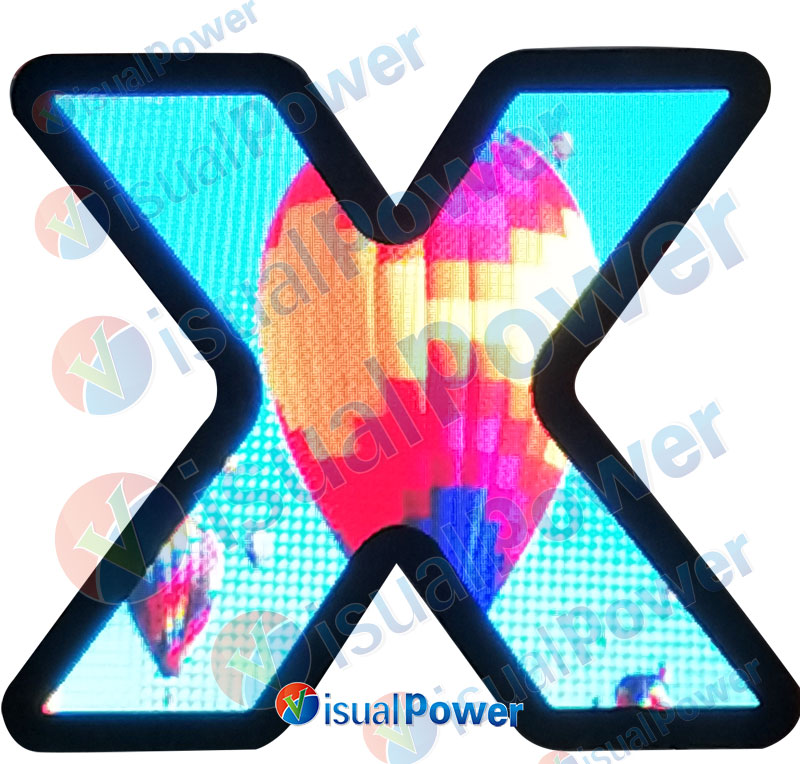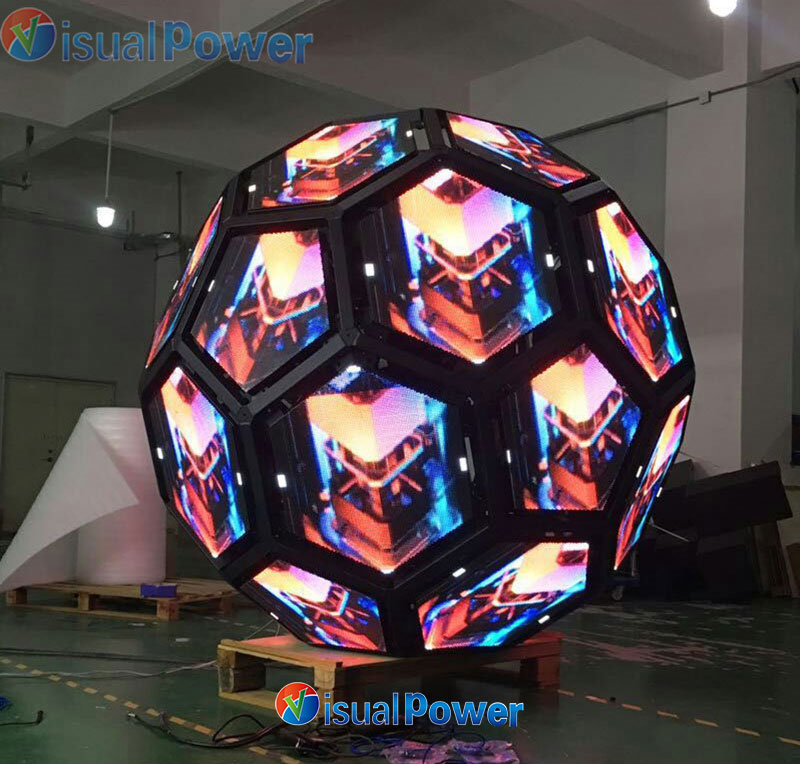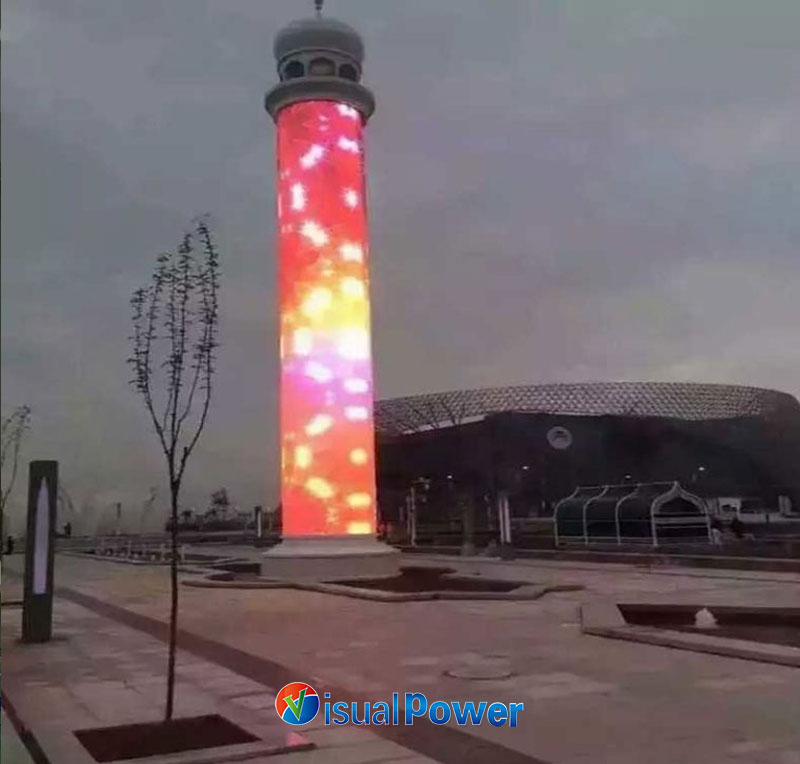Categories
- News (76)
- case study (6)
The first time I truly realized the power of “creative LED display” was at an immersive art exhibition in London. That day, I stood in a huge LED tunnel constructed with a holographic light curtain, and everything before my eyes began to distort, flow and change. I am no longer just an audience member, but someone “wrapped” in the entire space. At that moment, I realized that LED display screens are no longer merely rectangular light-emitting panels; they are reshaping our imagination of space, information and art.
I’m not a person who is easily moved by visual effects. But that experience made me fully understand that what truly touches people about creative LED displays is not the technology itself, but how it embeds emotions, scenes and narratives into the space. Today, I’d like to share with you some insights I’ve accumulated during my career. Maybe they can help you avoid some detours when considering LED solutions.

Frankly speaking, if you only understand “creative LED display” as having a peculiar shape and a cool picture, then you underestimate it too much. Creativity does not lie in how dazzling it is, but in whether it solves a problem of spatial expression.
I participated in a renovation project of a museum exhibition hall. The space was extremely narrow and long, and traditional screens simply couldn’t ensure that the information was delivered evenly. I proposed using bendable LED modules to extend the display boards into a soft light wall. Not only does it save space, but it also enables visitors to naturally “unlock” the content while on the move – this is the true “creative”, not showing off skills to attract attention, but starting from functionality, with aesthetics ultimately becoming a by-product.
Can you imagine that leds could be spheres, waves, tunnels, or even geometric shapes floating in the air? Once when I went to Dubai, I saw a building whose facade was entirely composed of triangular LED screens. In the sunlight, it was a sculpture, but at night, it transformed into a huge interactive screen. I couldn’t help standing for a long time. Even before entering the interior of the building, I felt satisfied.
Form is not an obstacle but a brand-new visual language. The foundation of this language lies in the ultimate flexibility of technology. For instance, the “flexible transparent LED” technology that I personally favor very much has almost no impact on lighting, yet it can “superimpose” a second layer of visual content on the space, as if it were a dance between reality and digital. I have seen many art installations and retail Windows start to “plant” the brand’s temperament into the space itself in this way.

If you are still playing advertisements in a loop on LED screens, you might have missed the greatest possibility that this era has bestowed upon it – interaction.
I once planned a flash mob installation for a friend. Three small LED displays were embedded in a glass box. When the audience stood in, the system would generate different visual ripples based on their standing posture and sound feedback. This is not for being “cool”, but to make each participant the content itself.
Creative LED is not about “pushing” content to the audience, but about making the audience part of the content. Imagine that when your brand image is no longer a one-way output but is “triggered by hand” by people, this sense of immersion is more persuasive than any copywriting.
I often tell my partners that the success of creative leds depends 70% on the initial conception and space adaptation, rather than the subsequent hardware stacking. There was once a client who insisted on installing a full-color screen on a grayish-white concrete wall. But after standing there for just a few minutes, I felt it was out of place – the original material feel of this wall could have formed a visual resonance with the flexible screen.
Ultimately, I suggest embedding the LED grid screen provided by “visualpower” into the interior of the curtain wall, leaving only the light-sensing outline. When the screen is lit, it spreads like water waves in the texture of the building; when it is turned off, it blends naturally with the wall. This kind of “unobtrusive” design, on the contrary, leaves a deeper impression.
Creative LED is not about assembling wonders, but about doing subtraction. Technology is merely a tool. The key lies in whether you can understand what this space is trying to say.

The world of creative LED has no set patterns. Every project is like a “custom-made dream”. I have seen people create aerial forests with it, and I have also seen those who mess it up, simply because they blindly pursue shock and lose warmth. To play well, it’s not just about whether the budget is sufficient, but also whether one truly understands the underlying expression logic.
I’m writing this not to make you make a decision immediately, but to say: If you are willing to break away from the mindset that “the display screen is a video player”, then you have already gone further than the vast majority of people.